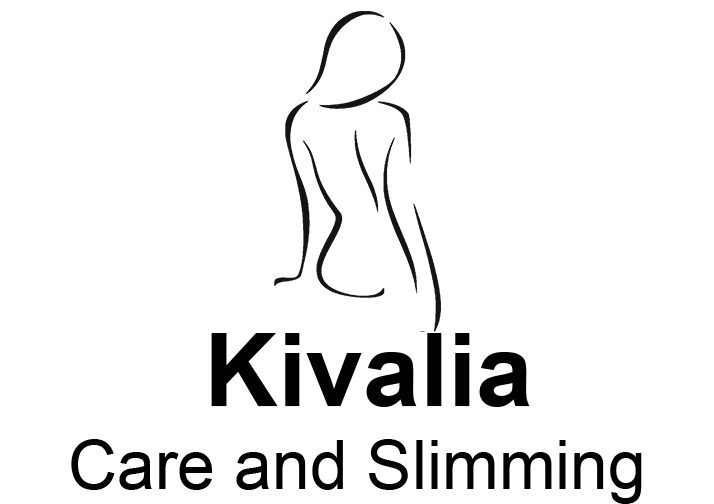Lymphatic Drainage Massage: Exploring Techniques, Benefits, and the Role of Therapists in Promoting Wellness

Lymphatic drainage massage is a specialized technique that focuses on stimulating the lymphatic system to enhance circulation, relieve swelling, and promote overall detoxification. With its unique strokes and gentle movements, this therapeutic massage modality offers numerous benefits for physical and emotional well-being. In this comprehensive article, we will delve into the intricacies of lymphatic drainage massage, including its techniques, benefits, the role of trained therapists, contraindications, and the importance of maintaining a healthy lymphatic system. By gaining a deeper understanding of this modality, individuals can make informed decisions about their health and explore the potential benefits of lymphatic drainage massage.
- Exploring Lymphatic Drainage Massage Techniques:
Lymphatic drainage massage employs specific techniques to stimulate lymph flow and support the body’s natural detoxification process. Therapists use gentle, rhythmic strokes, light pressure, and pumping motions to encourage lymphatic circulation. These techniques include but are not limited to:
Rhythmic Strokes: Therapists utilize rhythmic strokes and gentle manipulations to encourage lymphatic flow throughout the body. This involves using the palms of the hands, fingertips, and knuckles to create a soothing and stimulating effect.
Deep Tissue Techniques: In some cases, therapists may incorporate deep tissue techniques to target specific areas of the body where lymphatic congestion or tension is present. This approach helps release connective tissue restrictions and enhance lymphatic flow.
Swedish Massage Elements: Lymphatic drainage massage often integrates elements of Swedish massage, such as effleurage and petrissage, to provide a soothing and relaxing experience. These techniques promote overall well-being and assist in lymphatic fluid movement.
Reflexology and Acupressure: Reflexology and acupressure techniques can be incorporated into lymphatic drainage massage to stimulate specific points and reflex areas associated with the lymphatic system. This enhances the therapeutic effects of the massage and supports overall wellness.
- Benefits of Lymphatic Drainage Massage:
Lymphatic drainage massage offers a wide range of benefits that contribute to improved physical and emotional well-being. Some key advantages include:
Enhanced Circulation: By stimulating lymphatic flow, this massage technique supports blood circulation, delivering oxygen and vital nutrients to cells while removing waste products. Improved circulation can boost overall health and vitality.
Swelling and Edema Reduction: Lymphatic drainage massage is effective in reducing swelling and edema caused by conditions such as lymphedema or post-surgical fluid retention. By promoting the removal of excess fluid from tissues, it provides relief and supports the body’s healing process.
Detoxification: The massage’s ability to support the body’s natural detoxification process is highly beneficial. It aids in the removal of toxins, waste products, and metabolic by-products, promoting a healthier internal environment.
Relaxation and Stress Relief: Lymphatic drainage massage induces deep relaxation, relieves muscle tension, and reduces stress. The gentle, soothing strokes and rhythmic movements create a sense of calm and promote overall relaxation.
Immune System Support: By stimulating lymphatic circulation, this massage modality enhances the functioning of the immune system. It helps remove pathogens and foreign substances, supporting the body’s defense against infections and illnesses.
- The Role of Trained Lymphatic Drainage Massage Therapists:
Trained lymphatic drainage massage therapists play a vital role in providing this specialized form of bodywork. They possess extensive knowledge of the lymphatic system, the techniques involved, and the unique needs of each individual. Therapists often undergo specific training programs to develop their skills in lymphatic drainage massage and obtain certifications or licenses to practice professionally. Their expertise allows them to assess clients’ needs, tailor the massage to their specific requirements, and provide a safe and effective session.
- Contraindications and Precautions:
While lymphatic drainage massage is generally safe, there are certain contraindications and precautions to consider. These include:
Active Infections: Individuals with active infections, including cellulitis or systemic infections, should avoid lymphatic drainage massage until the infection has resolved.
Deep Vein Thrombosis: Lymphatic drainage massage should be avoided in individuals with a history of deep vein thrombosis or blood clotting disorders.
Congestive Heart Failure: Individuals with congestive heart failure or severe heart conditions should consult their healthcare provider before receiving lymphatic drainage massage.
Pregnancy: Pregnant women should consult their healthcare provider before undergoing lymphatic drainage massage, as certain modifications may be required to ensure the safety of both the mother and the unborn child.
It is essential to inform the therapist of any underlying health conditions, allergies, or medications to ensure a safe and effective session.
- Maintaining a Healthy Lymphatic System:
Apart from receiving professional lymphatic drainage massage sessions, individuals can take steps to maintain a healthy lymphatic system. This includes:
Regular Exercise: Engaging in regular physical activity, such as walking, swimming, or yoga, supports lymphatic circulation and overall well-being.
Hydration: Staying adequately hydrated helps optimize lymphatic function and promotes fluid balance in the body.
Healthy Diet: Consuming a balanced diet rich in fruits, vegetables, lean proteins, and whole grains provides essential nutrients that support lymphatic health.
Self-Massage Techniques: Therapists can teach individuals self-massage techniques that can be performed at home to support lymphatic flow and maintain the benefits of lymphatic drainage massage between sessions.
Conclusion:
Lymphatic drainage massage is a specialized therapeutic technique that offers numerous benefits for physical and emotional well-being. With its gentle strokes and rhythmic movements, this modality stimulates lymphatic flow, reduces swelling, promotes detoxification, and supports overall health. Trained therapists play a crucial role in providing lymphatic drainage massage, ensuring the safety and efficacy of the sessions. By understanding the techniques, benefits, precautions, and the role of therapists, individuals can make informed decisions about incorporating lymphatic drainage massage into their wellness routine. Whether seeking relief from edema, improved circulation, or overall relaxation, lymphatic drainage massage can be a valuable tool in promoting optimal health and well-being.
Contact info
- Valley tower unit 2, valley road, triq il wied, 9022 Birkirkara
- Kivaliacareandslimming@gmail.com
- (356) 7757 9478
